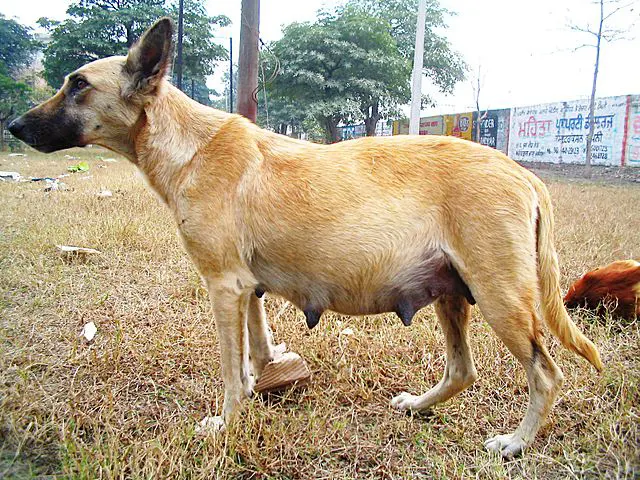The name “Glycolysis” comes from the Greek words “Glykos” (sugar) and “Lysis,” which means “to divide or split.” As a result, glycolysis (also known as the glycolytic pathway) may be defined as the metabolic breakdown of glucose (a 6 carbon sugar) to produce energy. Energy in the form of adenosine triphosphate (ATP) is required for metabolic activities in diverse species (e.g. reactions involved in muscle contraction). In order to release this chemical energy, glucose, the major source of energy, must be broken down through numerous following steps. This metabolic process also produces two molecules of NADH (nicotinamide adenine dinucleotide) and pyruvate in addition to adenosine triphosphate (a three-carbon molecule). Glycolysis was discovered in 1897 by Hans Buchner and Eduard Buchner, German scientists, as they sought to manufacture cell-free yeast extract.
Where does Glycolysis Take Place?
The first step of cellular respiration is glycolysis. It occurs in the cytoplasm, which contains the related enzymes and components. Because this process is anaerobic, it does not require any energy. As a result, it has been discovered to be one of the oldest metabolic pathways that may be found in even the smallest cells (earliest prokaryotic cells).
Glucose Transport into the Cell
Glucose is the primary source of energy, as previously stated. However, because this simple sugar may not always be accessible, the body is forced to break down big molecules (e.g. polymeric carbohydrates like starch). The breakdown of starch begins in the mouth, where amylase is in charge of converting starch to sugars. This function is carried out in the small intestine by carbohydrase enzymes, which continue to operate on the starch molecules.
Glucose must be delivered into the cell (from the stomach and into epithelial cells) where glycolysis takes place before the process can begin. GLUTs are a class of transporters involved in the transfer of glucose into and out of cells (glucose transporters). These proteins have substrate binding sites where glucose molecules can bind and be delivered.
Following this binding (to locations exposed to the inside or outside of the cell), the transporter undergoes conformational changes, resulting in the molecule being transported through the lipid bilayer into or out of the cell.
Phosphorylation I
In the presence of hexokinase type II in various types of tissues throughout the body or glucokinase (also known as hexokinase IV) in the liver, a phosphoryl group is added after the glucose has been effectively delivered into the cell. This process is known as phosphorylation, and it includes the addition of a phosphoryl group to the sugar molecule’s sixth (6th) carbon.
The glucose transporters on the cell membrane, as previously stated, are capable of transferring glucose into and out of the cell. Adding a Phosphoryl group to this sugar molecule, however, traps it and prevents it from leaving the cell. As a result, this process traps the sugar molecule within the cell.
ATP delivers a phosphate that is added to the sugar molecule’s sixth carbon during phosphorylation. The ATP molecule is then converted to ADP. Depending on the type of cells involved, one of the two enzymes listed above aids this reaction.
Isomerization
After phosphorylation, a glucose molecule is transformed to glucose 6-phosphate, which is subsequently converted to fructose. The enzyme phosphohexose isomerase helps in this phase. The enzyme first opens up the glucose 6-phosphate ring, exposing the aldehyde group, which is the molecule’s reactive component. The group is converted into a ketose group, which results in fructose 6-phosphate production. This molecule, however, can be transformed back to glucose 6-phosphate if necessary.
Phosphorylation II
The phosphorylation of the fructose molecule generated during the isomerization stage makes it much more reactive. The enzyme phosphofructokinase I aid this process.
It’s worth noticing that the phosphate that was added during the initial phosphorylation process is still present at the sixth (6th) carbon of the fructose 6-phosphate molecule. The enzyme subsequently adds a phosphate group to the first carbon of the sugar molecule in this step. The fructose 1, 6-biphosphate molecule is formed as a result of this reaction. A biphosphate molecule has carbon atoms between the phosphate groups, unlike a biphosphate, which has the phosphate groups adjacent to one other. Carbon molecules act as a buffer between the phosphate groups here.
The second phosphorylation, like the first, necessitates the presence of an ATP molecule to give phosphate. So far, two ATP molecules have been utilized in the process.
In contrast to fructose 6-phosphate, which may be stored as glycogen, fructose 1, 6-biphosphate cannot. It’s believed to have committed to glycolysis at this point and can’t go back. This destabilizes the molecule, even more, making it easier to break down in the following stage.
Splitting Fructose 1.6-Biphosphate
The molecule is broken down into two three-carbon molecules at this step of glycolysis. Despite the fact that both molecules include three carbon atoms, they are not identical. The fructose molecule, fructose 1, 6-biphosphate, is first opened up to reveal the carbon bond that will be broken. As a result, the cyclic form of the fructose molecule must be converted to the chain form. After the molecule has been opened up, the enzyme Aldolase works on the carbon bond, cleaving it into two three-carbon molecules.






